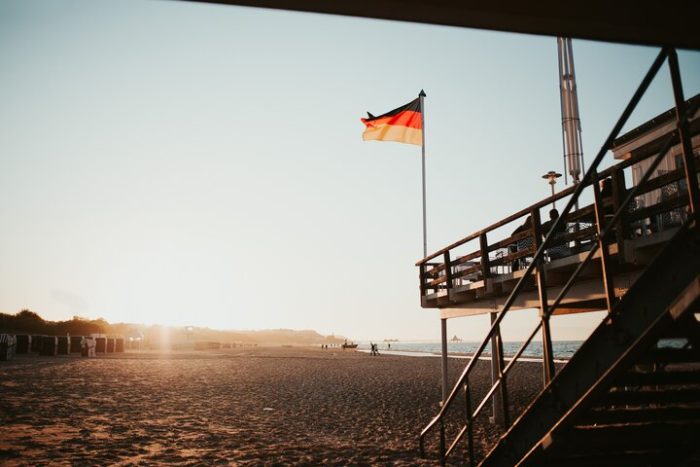
The study “The quality oriented, the audience engagers, the transparent: Types of editorial trust-building in German news outlets” by Bernadette Uth from University of Muenster explored the issue of media trust and what sort of strategies news outlets use to regain and build trust.
Especially in times of crisis, trustworthy information sources – journalism – is essential. Reliance on journalism comes with a certain risk, as the topic matters reported on are outside an individual’s own experience and therefore, there is no way to verify the information. Therefore, trust is essential – and trust in journalism is associated with trust in other systems such as political institutions.
Before Covid-19, media trust in Germany was falling – from 60% in 2015 to 45% in 2020. Accusations toward the media as Lügenpresse, or lying press, were not confined only to outliers of society. However, there was a “Corona bump”, as the trust climbed to 53% in 2021. Compared to worldwide levels, Germany still had a relatively high level of media trust (Germany 50%, worldwide 42%).
The author defines trust in journalism as consisting of five steps. These are 1) Expectations towards journalism, 2) Evaluations of journalism, 3) Trust decision, 4) Trusting action – acting upon journalistic information, and 5) Re-evaluation.
Increasing one’s perceived trustworthiness is important when instilling trust. Thus, to build trust, news outlets should clearly communicate their trustworthiness. Transparency is essential in that, as is engaging with the audience.
The study in question was conducted via 29 in-depth interviews throughout Germany. Convenience sampling was used for the selection of the interviewees – they were chosen based on their relevance in answering the questions. The sample consisted of 26 editors-in-chief or deputy editors-in chief, one journalist, two ombudsmen and one who was both a journalist and a reader’s advocate.
Three categories of approaches of trust-building were identified in the interviews. The most common one was described as ‘quality oriented’. In it, the interviewees saw high quality as being intrinsically connected with trust in their work – when reading a well-researched, well-prepared and well-written without errors in fluent German, the reader, over time, begins to trust the publication that produces this.
The second type of trust building emerging from the interviews were the ‘audience engagers’. In these outlets, the relationship with the audience is prioritized over factors such as quality or transparency. Audience engagement is defined in a twofold manner: the relationship of the journalist with the audience, and the active involvement of recipients in journalistic processes.
Finally, although all interviewees had stressed the importance of quality and being close to the audience, several saw this as insufficient and raised another issue: transparency, with the advocates termed by the author as the ‘transparent’. In it, it is essential to involve the readers in the processes that go on behind the production of news – to show that there is no secrecy involved, and that readers can form a picture of the journalists and their work.
Of these types, the ‘quality oriented’ can be classified along traditional journalistic tenets, while the other two show a more modern understanding of journalism and the role of journalists. In Germany, audience engagement does not have such a long history as it does in the US, whereas the ‘transparent’ can be described as arguing for a paradigm change.
The author cautions that it remains to be seen which approaches actually build trust. She also cautions that the results are not necessarily generalizable to countries with lower level of media trust. Also, all the outlets were print/online, not other genres of journalism – but there, the author is hopeful that the results do transfer.
The article “The quality oriented, the audience engagers, the transparent: Types of editorial trust-building in German news outlets” by Bernadette Uth is in Journalism (open access).
Picture: Beach of Usedom (Baltic Sea/Ostsee) by Vincent Eisfeld @extraleben
License Unsplash.